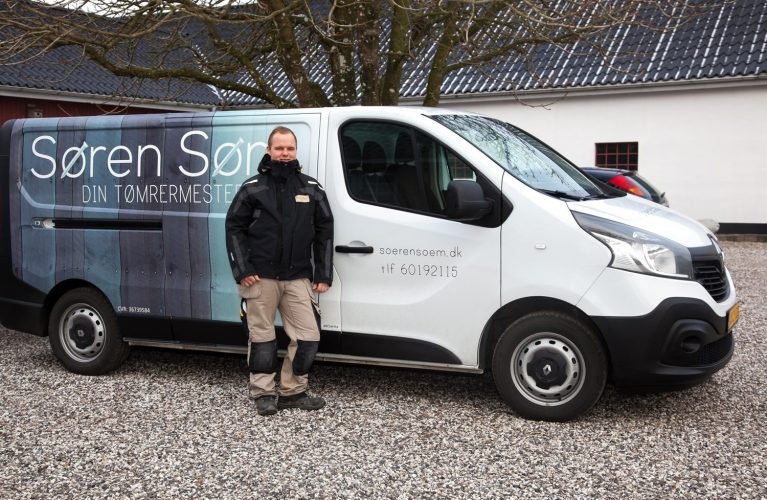The Allure of Champagne: A Guide to the Sparkling Elixir
When it comes to celebrating life’s milestones or simply indulging in a moment of luxury, few beverages rival the elegance and sophistication of Champagne. This iconic sparkling wine, hailing from the Champagne region of France, has a storied history and an unparalleled charm that continues to captivate enthusiasts around the world. Whether you’re a seasoned connoisseur or a curious newcomer, understanding the nuances of Champagne offer can enhance your appreciation and elevate your experience.
A Brief History
Champagne’s origins date back to the 17th century, with the earliest references to sparkling wines coming from the Champagne region. The process of making Champagne was refined over time, with significant contributions from figures like Dom Pérignon, a Benedictine monk who is often credited with perfecting the method of secondary fermentation in the bottle. This crucial step creates the signature bubbles that Champagne is renowned for. By the 19th century, Champagne had gained a reputation as the ultimate symbol of celebration and luxury.
The Production Process
Champagne’s production is a meticulous process governed by the “Méthode Champenoise” or traditional method. It starts with the primary fermentation of Chardonnay, Pinot Noir, and Pinot Meunier grapes. After the initial fermentation, the wine is blended and bottled with a mixture of yeast and sugar to initiate a secondary fermentation in the bottle. This secondary fermentation produces the characteristic bubbles and contributes to the wine’s complex flavor profile. The Champagne undergoes a process called “riddling,” where bottles are gradually tilted to collect sediment near the cork, which is then removed in a process known as “disgorgement.” Finally, a dosage of sugar and wine is added to balance the flavor before the bottle is sealed.
Types of Champagne
Champagne comes in a variety of styles, each with its own unique characteristics:
- Brut: This is the most common style, characterized by its dry taste. It contains very little sugar, making it crisp and refreshing.
- Extra Brut: Even drier than Brut, Extra Brut has minimal sugar added, resulting in a more austere flavor profile.
- Demi-Sec: For those who prefer a touch of sweetness, Demi-Sec offers a slightly sweeter taste, making it ideal for pairing with desserts.
- Blanc de Blancs: Made exclusively from Chardonnay grapes, Blanc de Blancs is known for its elegance and citrusy notes.
- Blanc de Noirs: Produced from Pinot Noir and/or Pinot Meunier grapes, Blanc de Noirs is fuller-bodied with richer flavors.
- Rosé Champagne: This style includes red grape skins, giving the Champagne a beautiful pink hue and a berry-infused flavor profile.
Pairing Champagne
Champagne is incredibly versatile when it comes to food pairings. Its acidity and effervescence make it an excellent match for a range of dishes. Classic pairings include:
- Seafood: Champagne complements delicate seafood like oysters, crab, and shrimp beautifully.
- Cheese: Hard cheeses like Parmigiano-Reggiano and soft cheeses like Brie are enhanced by Champagne’s acidity.
- Fried Foods: The bubbles and acidity cut through the richness of fried dishes, making Champagne a great choice for items like tempura or fried chicken.
- Desserts: For sweeter styles like Demi-Sec, Champagne pairs well with fruit tarts, pastries, and even chocolate.
Embracing the Champagne Experience
Enjoying Champagne is not just about the drink itself but also about the experience it offers. Whether you’re toasting a special occasion, savoring a quiet moment of indulgence, or hosting a celebration, Champagne adds a touch of sophistication and joy. Embrace the tradition, explore the different styles, and savor the effervescence of this remarkable sparkling wine. Cheers to the timeless allure of Champagne!
Category
Have any Query? Feel free to drop a mail to us.








